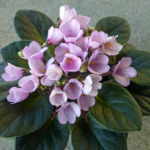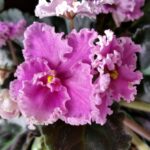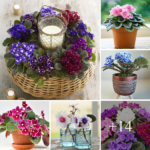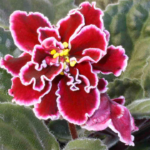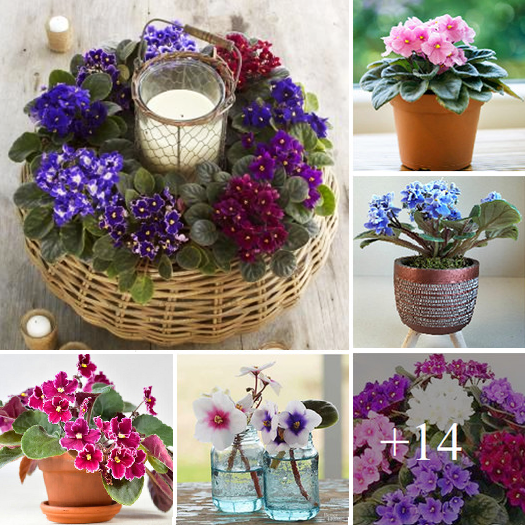
Growing these houseplants is really a matter of balance; you have to make sure that the various factors involved in their cultivation are all weighed against each other. They should be kept in sufficiently moist conditions so that they do not dry out, but still exposed to a fresh breeze to avoid them becoming too stuffy and exposed to sunlight without damaging the leaf tips. Don’t be discouraged if your African violets suffer damage – it’s all part of the process.
Light
African violets do well in bright but not direct sunlight. They are usually grown under fluorescent lights placed 12 to 15 inches above the leaves. If the leaves start to turn light green, your plant is getting too much light, while thin and dark green leaves or a leggy plant indicate too little light.
Soil
A well-drained potting mix is essential for African violets. Poor drainage can cause root rot, where the plant becomes waterlogged and its leaves begin to drop, so make sure the plant is never exposed to standing water for any length of time.1
Water
Keep the soil moist with warm water and aim for high humidity. Do not allow water to come in contact with the plant’s leaves to prevent damage, other than light misting. Water from below, or push the watering can into the soil when watering. Do not let the plant sit in water.
Temperature and humidity
African violets like warm and humid conditions and thrive at 70 degrees Fahrenheit. Do not let the temperature drop below about 60 degrees Fahrenheit. Do your best to keep the plants away from any drafts in the home.
Fertilizer
Feed with an African violet fertilizer every two weeks during the spring and summer. For the amount to use, follow the instructions on the product label.



